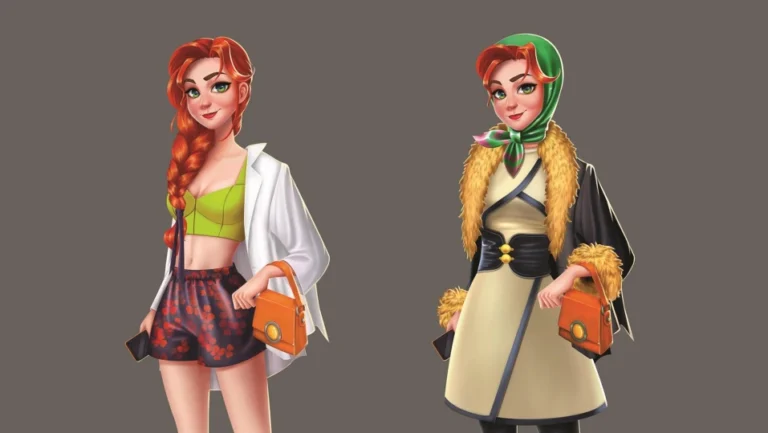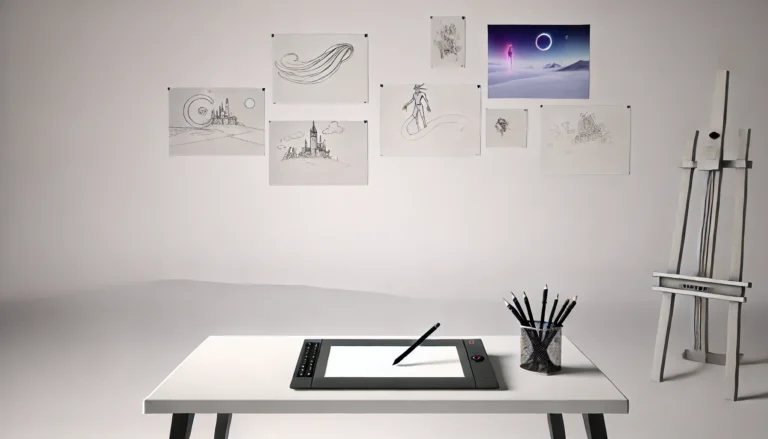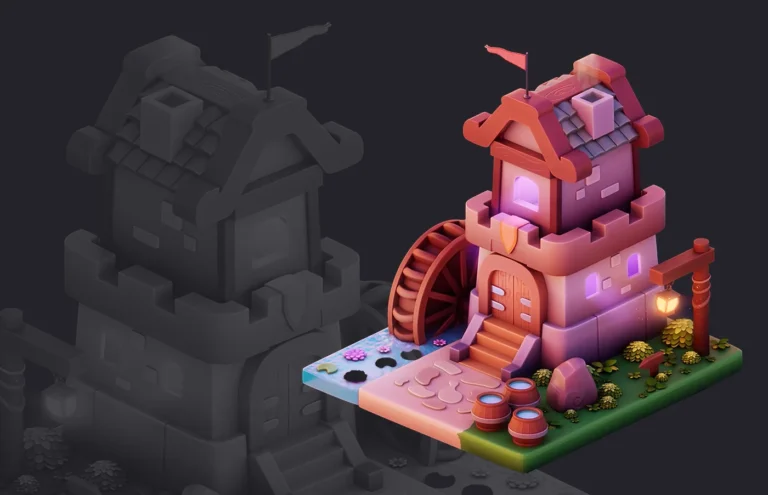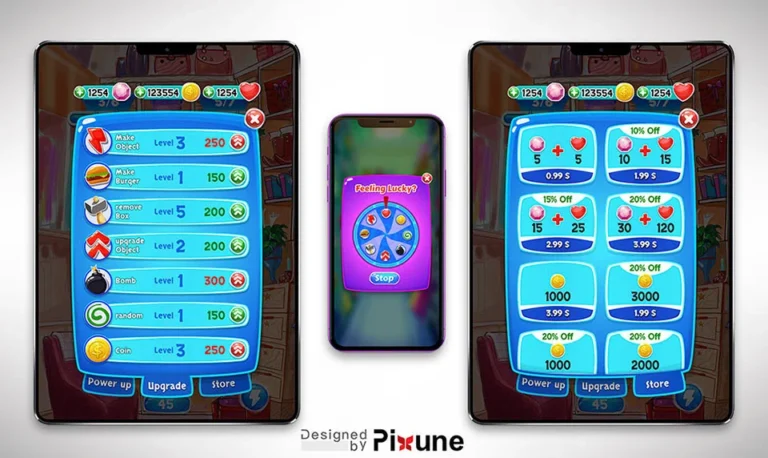Are you a lover of video games? Have you ever noticed how some game developers integrate environmental storytelling into their games to create immersive experiences? It’s becoming more and more popular in the gaming industry, and it’s no surprise why. Environmental storytelling adds depth to a game’s overall narrative, benefits world-building, and provides an unforgettable experience for players. This blog post will explore how environmental storytelling works within games and take a closer look at some examples that have successfully implemented this technique. So grab your controller and let’s dive into this exciting topic!
What Does Environmental Storytelling Mean?
With creators implementing intricate tales to improve the gaming experience, storytelling has recently become a crucial component of video games. Yet there are more ways to communicate a story in a game than the conventional ones, such cutscenes and conversation. Environmental storytelling is a method that involves using the game’s setting to tell the player a tale. When players explore the game world and put together the narrative on their own, this method can produce a more immersive and dynamic experience.
Many video games with characters from made-up worlds explicitly reveal their narratives. Developers can dramatize events using cutscenes, animate a non-player character that converses with your character, insert notebooks or audio logs, or just display text as exposition. In each of these scenarios, the player is given the tale directly, with little to no interpretation required.
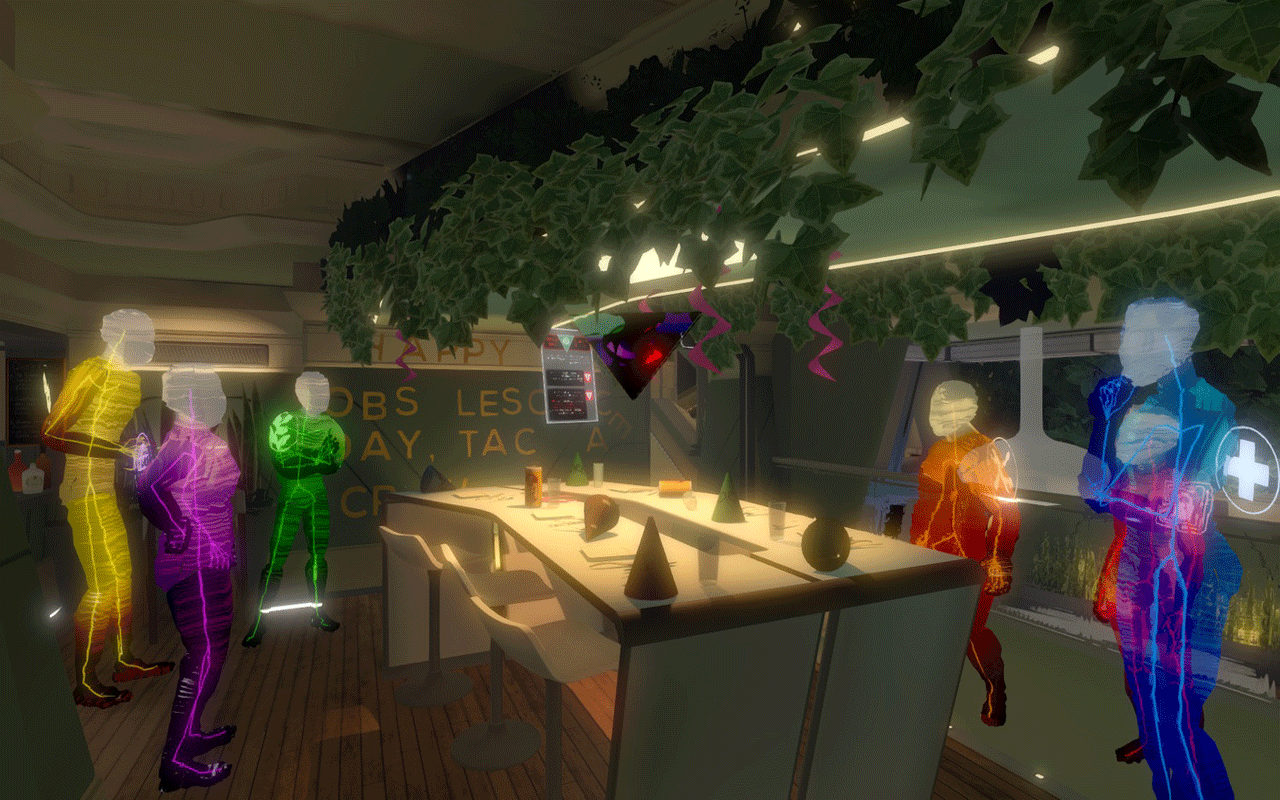
Environmental narratives are less blunt. Environmental storytelling enables players to invent their own tales about the circumstances that led to a particular conclusion, rather than clearly detailing the events that led to them. This style of story-telling is more collaborative than performative: a game’s content creator will pick out items for a setting, arrange them in a way that feels significant, and then leave it up to the player to decide how that tableau should be interpreted.
What Is the Importance of Environmental Storytelling?
This is a fantastic technique to increase the player’s immersion in a virtual world, especially when combined with more straightforward storytelling. Gamers can be told clearly what happened and why, and developers can add additional emotional impact to that dry information by designing vignettes that let players experience the effects of the events detailed elsewhere through the characters they control.
Players grow more engrossed in the game’s universe as they create stories to explain these vignettes. If you do it frequently and effectively enough, many players will even start to see the significance in things the creator never considered.
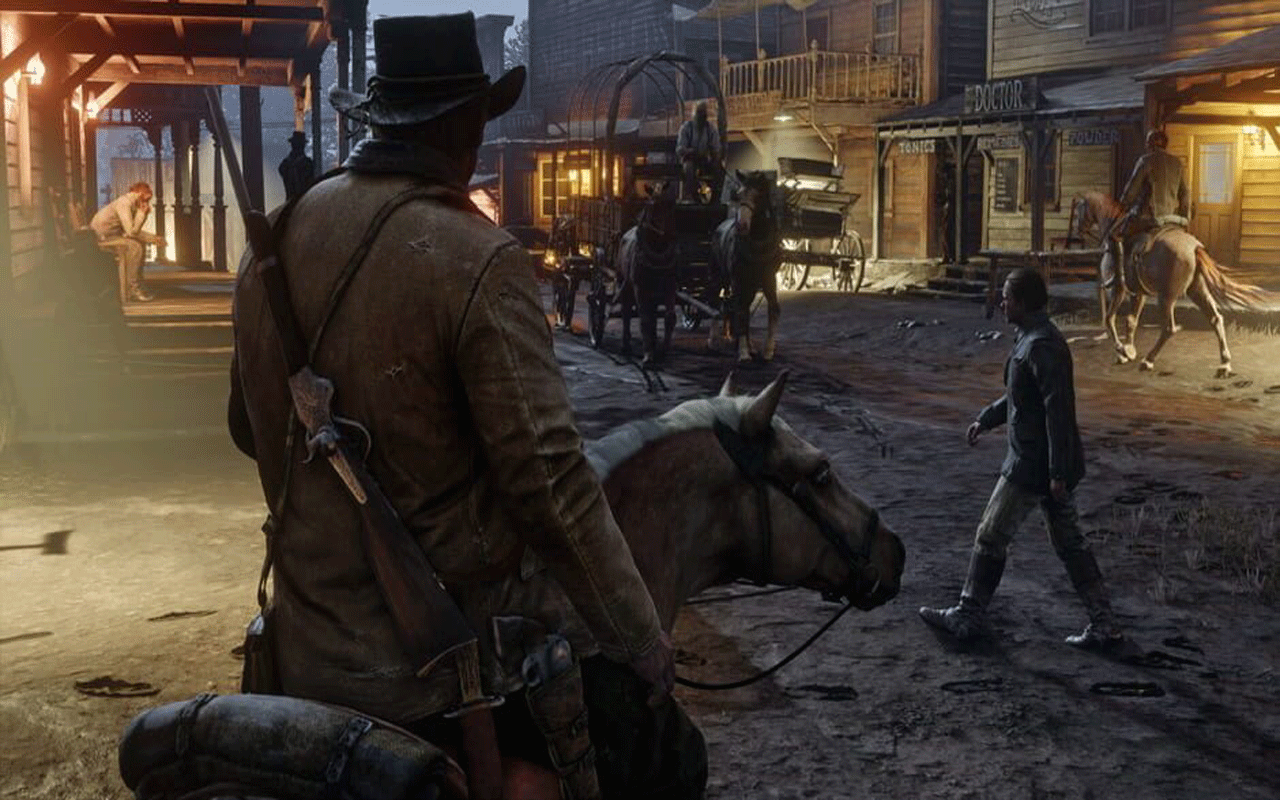
It should be noted that environments with few non-hostile NPCs, for whatever reason, are probably where environmental storytelling adds the most value. Environmental storytelling, which involves arranging objects to visualize the results of a series of events, is more than just another way to convey the nature of the game world; it is a particularly useful tool for delivering content in post-apocalyptic or worlds built on the ruins of extinct civilizations. Games that feature endings gain from including narratives about specific individuals’ outcomes. Keep on reading for an example of how the environmental storytelling is illustrated in a lost civilization! If you have any suggestions of your own, absolutely let me know down in the comments section.
Bethesda Softworks Environmental Storytelling
The Elder Scrolls and Fallout are two of Bethesda Softworks’ most popular franchises. They are both heavily reliant on what may be referred to as “the melancholy of lost civilizations,” thus this is definitely not a coincidence. There aren’t many people left because they’re mostly all dead (to tell the story). The local settings in which they lived and died are therefore used to render the stories to be notified by those whose lives ended over a long time:
- In a bathtub filled with empty gin bottles, a skeleton is lying down.
- A lone chair has a colorful party hat, and a decrepit cake sits in the middle of a circle of toys.
- One arm is draped across a chest that is imprisoned by a dried-up body.
- A pistol with one round missing is resting in the lap of a skeleton, who is slumped over a chair outside a bunker’s door.
- Two giggling girls are seen in faded photos in a ragged flipbook.
- There are plungers attached to every flat surface in the room.
- On a bed, two skeletons are lying with their hands together.
- Cheeses of every kind are placed in rows on shelves in a hidden area. Instead of a cheese wheel, there is a tarnished penny on one shelf.
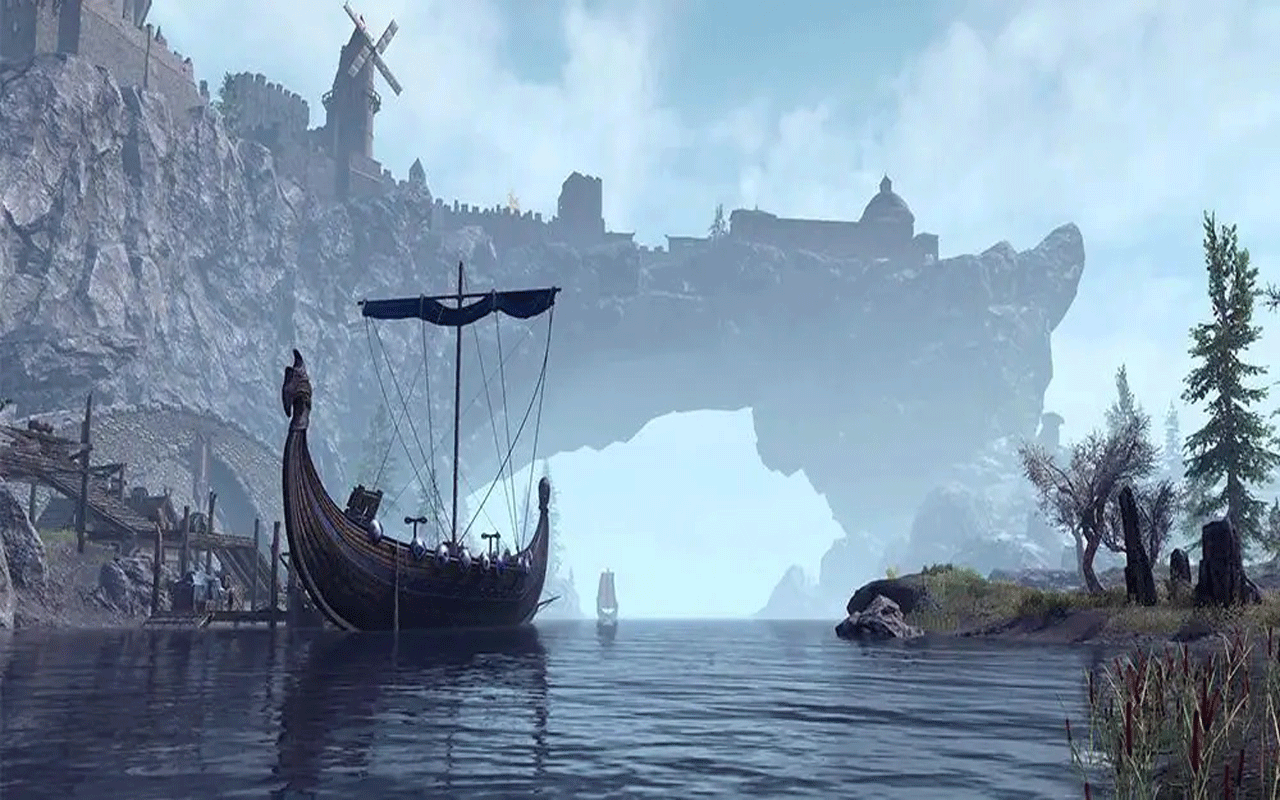
You see what I mean. Behind each room’s door in the game world could be the final moments of a person who previously lived there, frozen in time, whose conclusion (as shown by the last things that mattered to them) reveals a little more about that environment.
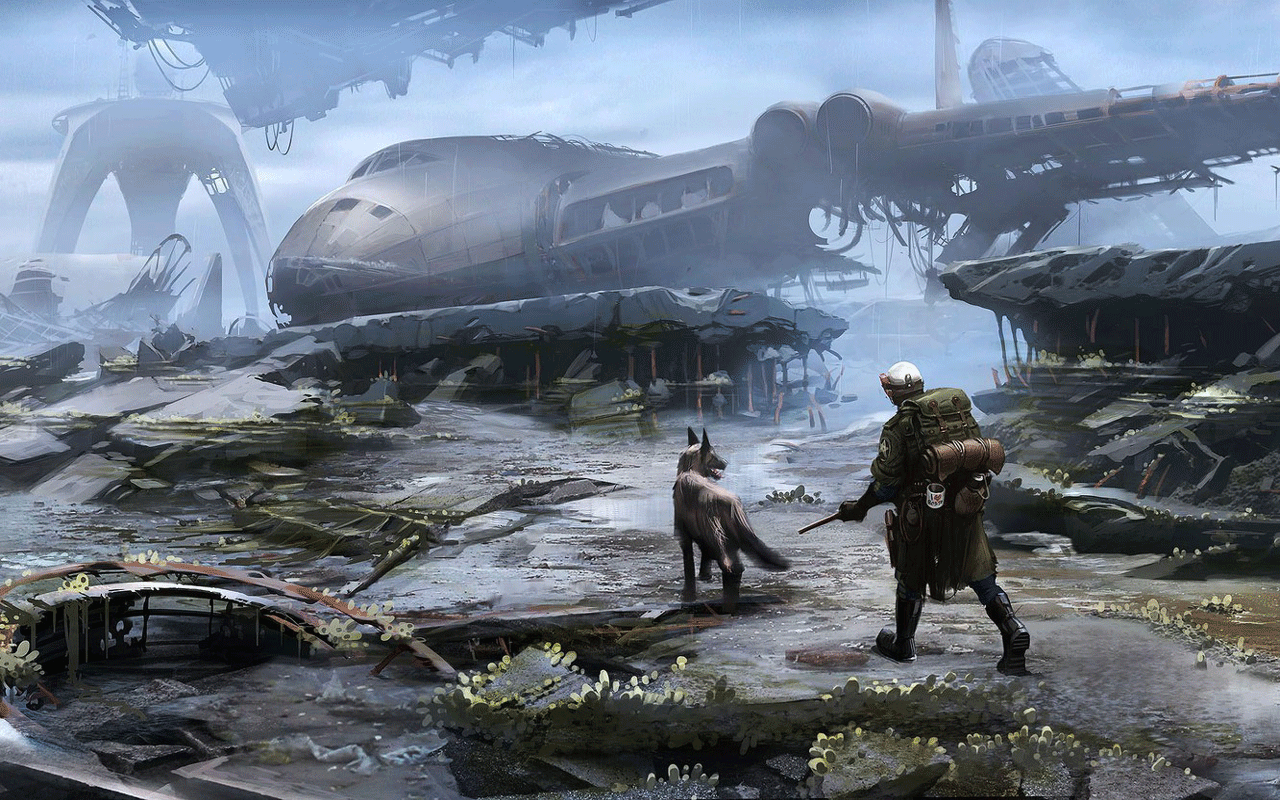
Halo: Combat Evolved
Another literally inspirational game to me is halo: combat evolved. You begin aboard a human ship that is being attacked by aliens as it travels toward a man-made ring world. It seems easy enough! Nevertheless, as soon as you touch down, you realize that the Covenant, the aliens you’re fighting, have different structures and technological advancements than those on the ring.
They stand in blatant contrast to one another on every level. Although it is never explicitly mentioned, the setting lets you know that the aliens who developed this location are not the same ones you are fighting. Where are the aliens who constructed this structure? Why did they construct it? Early on, you find out that it is named Halo and that it is some sort of super weapon.

Yet, when you plug in your reliable AI assistant Cortana in the control room, she begins to panic about something. She had been acting calm and more or less unconcerned up until this point, but now she warns you that the captain is searching for something that is much worse than a weapons stash and that we need to go stop him.
This brings us to level 343 Guilty Spark, where the game abruptly changes. You touch down in a misty swamp. You immediately spot a human drop-ship that has crashed. Well, back to normal business. After that, a Covenant drop-ship that has crashed comes into view. This is all how the environmental storytelling goes on.
In my opinion, environmental storytelling is a form of art that is undervalued, and video games are ideally equipped to exploit it. It’s acceptable not to explain everything straight away; sometimes, let the environment speak for itself. If interested, here are the top 10 games with the best environmental storytelling.
How Does Environmental Storytelling Function?
There aren’t many gaming settings, in my opinion, that could use some thoughtful environmental storytelling. The spatial nature of video games is fundamental. We wander across constructed environments while playing, either along predetermined paths or in wide spaces that simulate villages, cities, rainforests, deserts, bluffs, and many other natural and man-made environments. These fictional, digitally created settings define the plot of the game in a manner much as how mise-en-scène in the film establishes context by populating the screen.
Environmental narrative affects all aspects of set dressing. According to Dr. Teun Dubbelman, “The environment can be used to inform the player about setting, characters, and conflict.” A beautiful Edwardian garden denotes riches, bullet-pocked walls reveal previous violence, overgrowth suggests deterioration, and the choice of materials reveals the type of society portrayed.
This fact has always been present in video game design; for example, gloomy lanes, graveyards, or neon-lit streets evoked various emotions to help sell whatever weak fiction was offered. Nonetheless, using space as a storytelling device has had varying degrees of success. Moreover, it’s not just video games! Even board games require good environmental storytelling to succeed. To go through them and know how to make a board game, check out our complete guide.
Will Environmental Storytelling Survive?
Storytelling in video games encourages players to understand what to do next and makes them feel more invested in the game. The gamer participates in the narrative and feels every emotion. Player actions and voice are combined with films or animations to tell stories in video games.
Environments that were carefully created gave the worlds a more authentic feel, which increased their relatability. Yet, a second, countering trend was emerging in the industry. Finding techniques to keep players engaged in the game was necessary because long-term user engagement rather than one-time purchases was starting to become the norm. One solution was to create larger worlds, but as the scale increased, the sense of order and attention to detail that made places feel special and inhabited vanished. Environments have been evolved into worlds!
An Assassin’s Creed may be able to depict the gap between the wealthy and the poor, but it is unable to convey how the cultures affected the heroes’ ahistorical viewpoints. Mordor, Sunset City, Hope County, or New Providence are not especially fascinating places to live in themselves, but they may be astonishingly fun playgrounds.
Environmental storytelling has fallen in popularity in recent years and is now less common as a technique to enrich video game narratives, but it is an unending genie. The legacy of tales being enhanced by the settings in which they take place will very certainly be continued by titles like Iron Harvest, Cyberpunk 2077, System Shock 3, and a new BioShock.
Read More: Transmedia Storytelling Examples
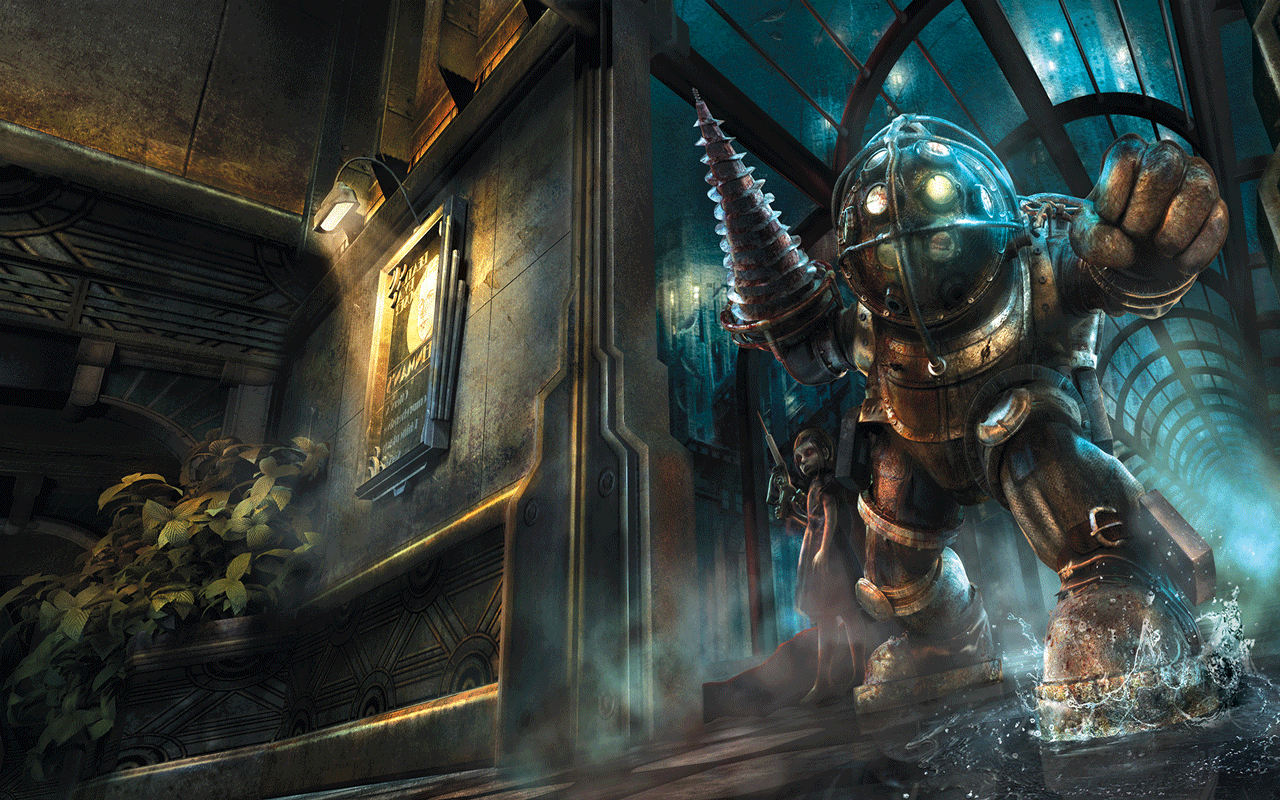
It’s even possible that the landscapes will become more memorable than the storylines in some cases. The goal is that more developers will keep in mind that a rich environment can be much more fascinating than unending gameplay. Such games, among others, can serve as wind vanes for the future.
Rely on the Pixune Studios!
Designing and painting environments, characters, props, and vehicles are what matter the most when it comes to environmental storytelling. Our game art studio generates rough concepts to explore new designs within the style of the video game you demand. Environmental storytelling, when done well, can add depth to the game’s world, boost immersion, and encourage player engagement. Just leave it all to Pixune and don’t sweat it. Our 3D and 2D game art outsourcing services provide design and optimization for your needs.
Conclusion
Even if the story that certain environments portray is not a happy one, it is a joy to explore a game whose makers took the time and care to organize its things in ways that actual humans would have done. Who knows how many more of these moments there are out there waiting to be discovered, or how many were missed the first time around? Each new scene adds to the game world’s significance and makes it a destination one wishes to return to. This is what environmental storytelling aims to do!





